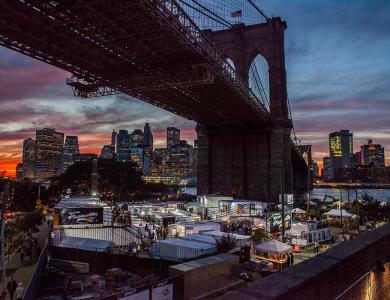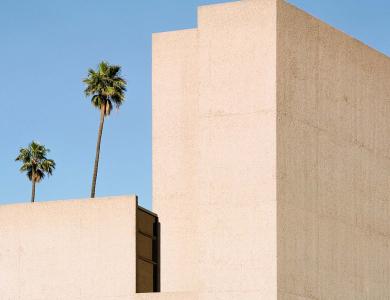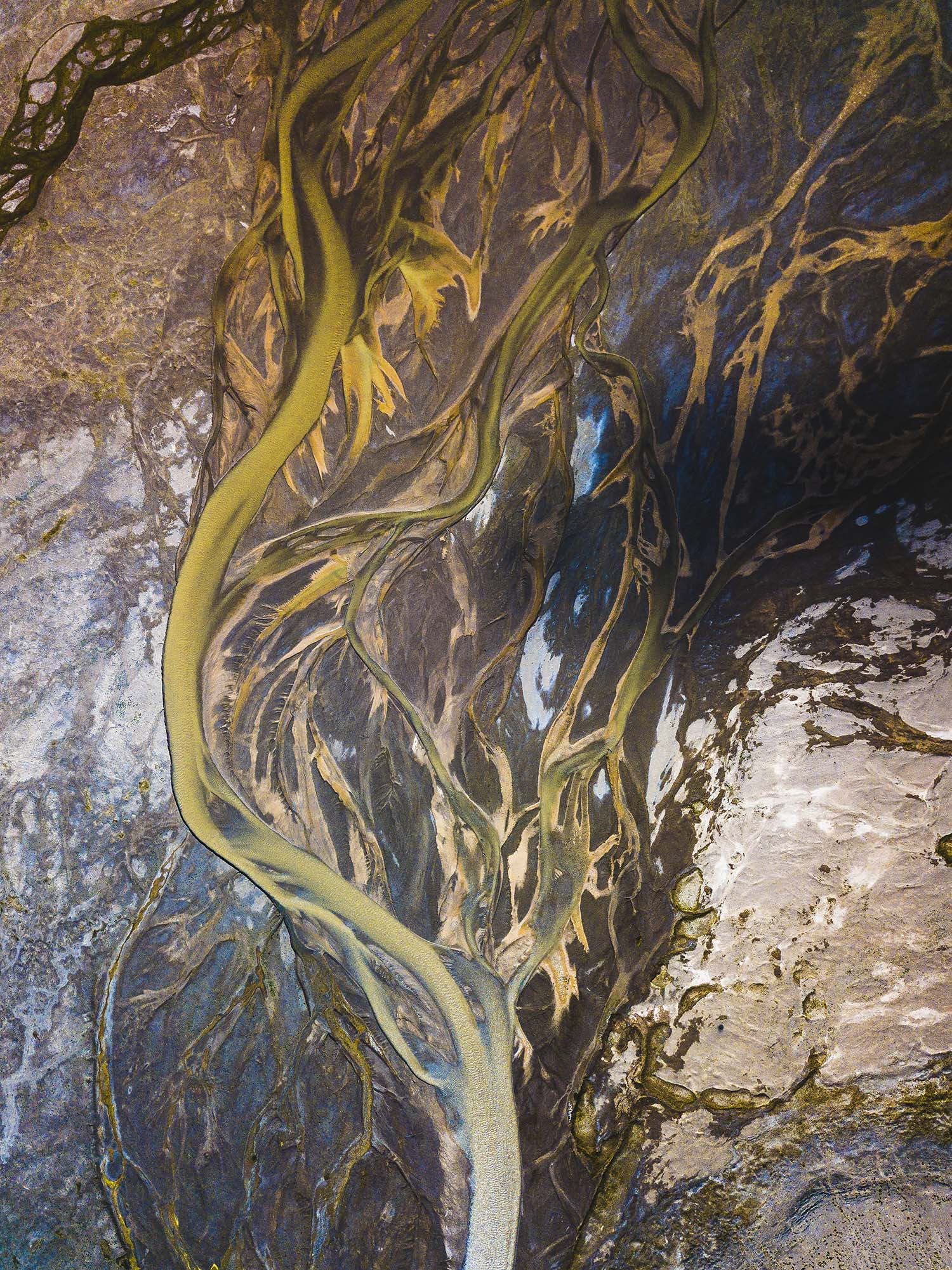
We are delighted to announce self-taught photographer Matt Horspool as our August monthly winner in the 2018 Sony World Photography Awards, Open competition. His aerial image taken on the border of Kyrgyzstan and Tajikistan was chosen from the weekly #SWPA entries of the week.
Submission to the Open competition of the 2018 Sony World Photography Awards is free for all and anyone can be in with a chance to win the monthly prizes.
Matt was born in South Korea and raised by adopted parents in the rural city of Orange, NSW. He graduated with a double degree in Exercise Science / Secondary Teaching and now lives and works in Northern Sydney as a special education teacher and freelance photographer.
In 2009, Matt embarked on a3 month trekking & teaching journey through South America where he found his passion for photography. Matt has lived worked and backpacked across over 37 countries on 6 different continents, and, he says: "I do not plan on stopping anytime soon."
Hi Matt. Congratulations on winning the monthly #SWPA prize. Firstly, please introduce yourself and give us a little info about you and your photography
Thank you for picking my image to be the monthly winner it truly means a lot. My name is Matt Horspool and I am a 30-year-old special education teacher and self-taught adventure, travel and aerial photographer from Sydney, Australia.
My love of photography first stemmed from a trekking trip through Patagonia in late 2010. Armed with my 12MP Panasonic point and shoot I was determined to capture myself looking ‘epic’ against a backdrop of mountains. When I returned home I realised that not only was photography fun but my friends and family also really enjoyed looking at the images. This then progressed, evolved, contorted and developed across nearly 40 countries to where I am today.
As a general rule, I don’t have a particular editing style or genre that sets my work apart. Instead, I prefer to enjoy, photographing the world around me however I see fit at the time - it’s more fun that way. My focus of late has been to provide a unique, clean and often abstract view of the environment that people may not realise is right beneath their feet.
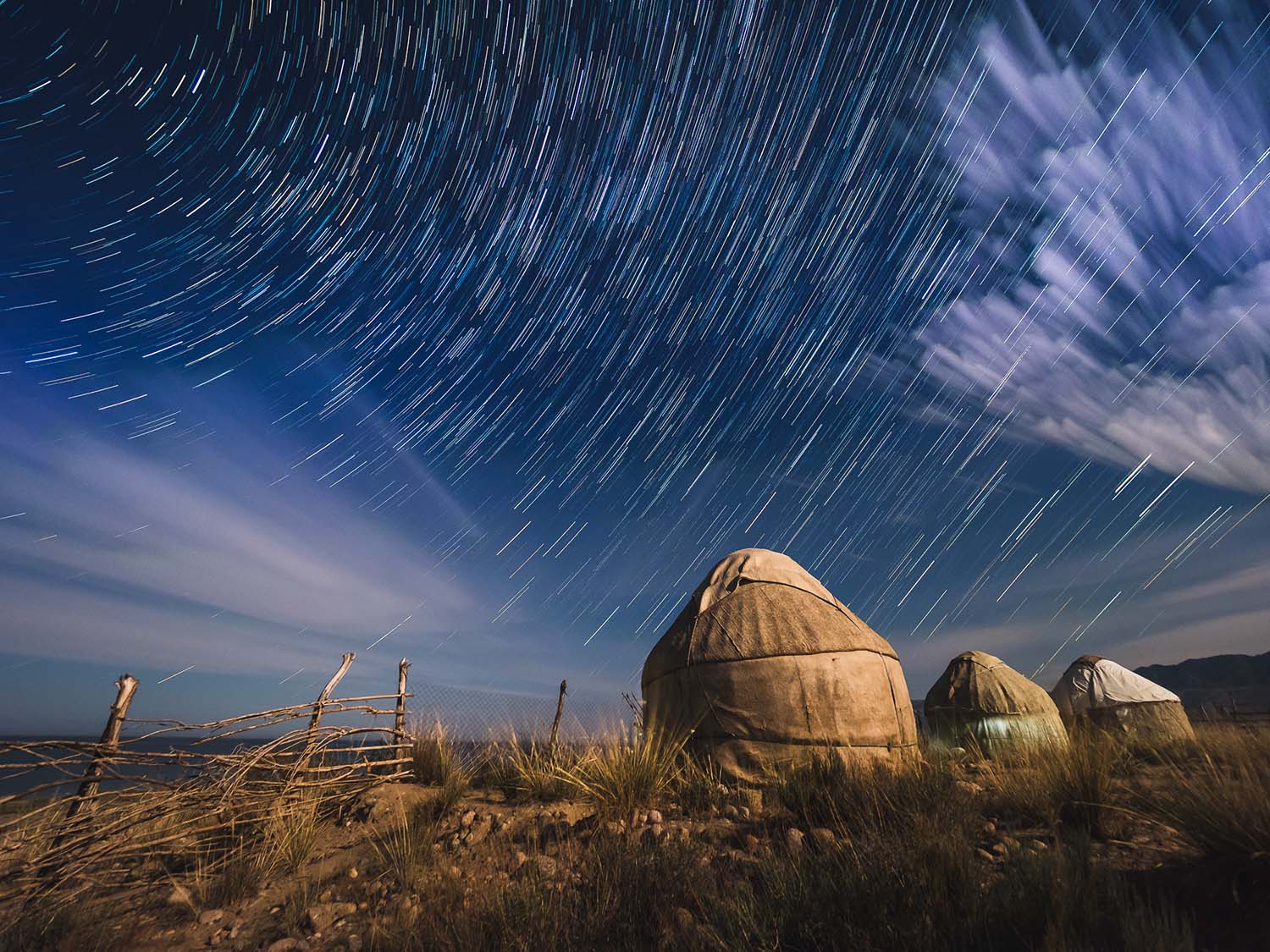
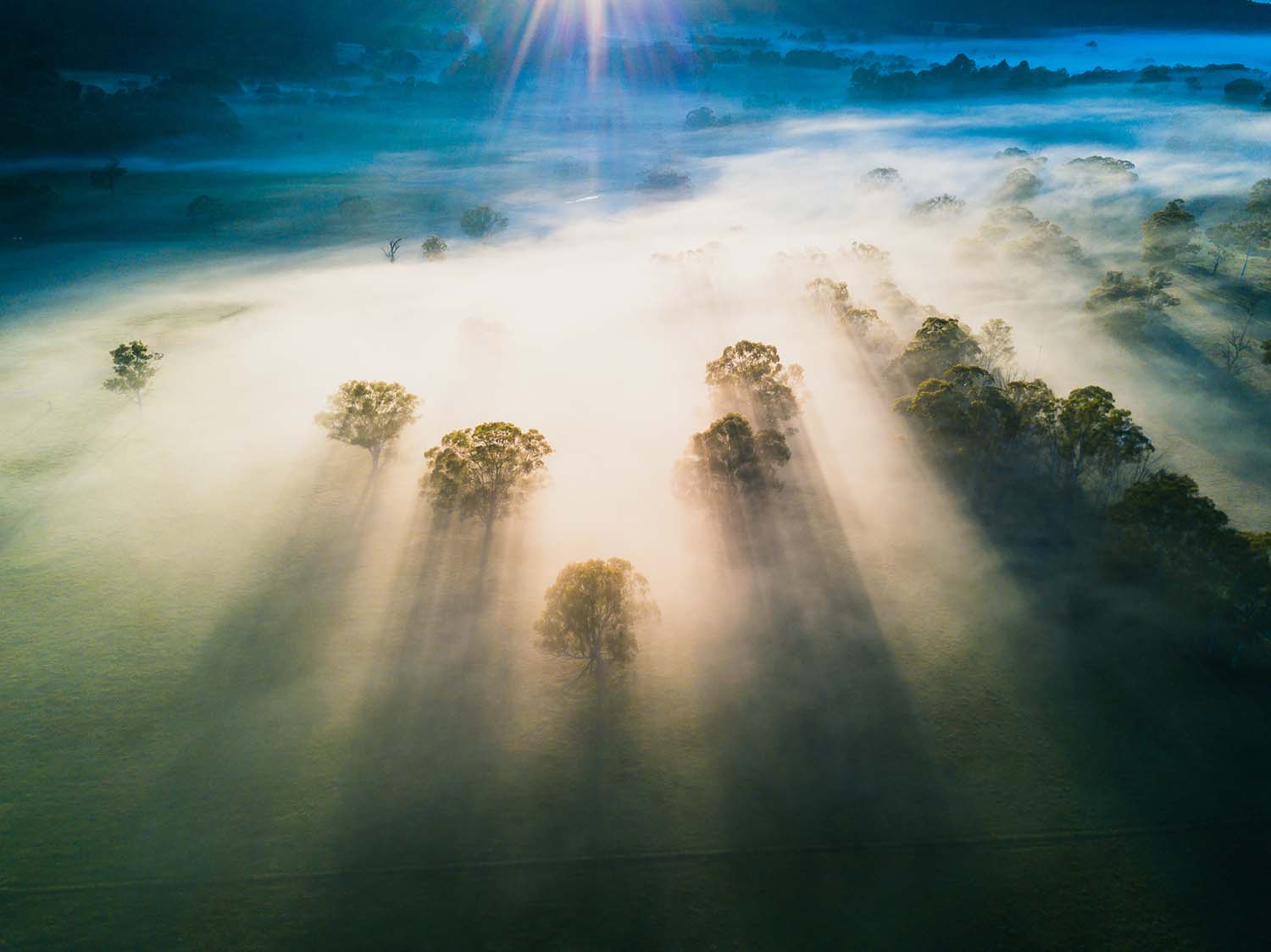
Could you please tell us a little more about the successful image and the accompanying series
In June, myself and Kel Morales were fortunate enough to be granted sponsorship to fulfil a month-long project throughout Kyrgyzstan and Tajikistan. The project would aim to document the culture and landscapes that few professional photographers had photographed and bring these images to the masses.
My winning image here was taken just after we crossed the border into Tajikistan. The road just out of frame literally runs along the Chinese border and we were pulled over next to the border fence. As abstract aerial photography is an area of interest, I immediately noticed the strangled Muskal (Ice lake) river system running through the valley which cut through varying shades of silt, salt and soil. I knew that this would look great from the air, however, it wasn’t until I viewed the image on my laptop that the incredible patterns and colours began to present themselves. The stem of this shot is actually where the river flows through a large opening in a dirt road dissecting the river.
In this selection of images, I have tried to create impact using only a handful of elements to build the image. I prefer to have one or two striking elements as opposed to a clutter of subjects filling the frame.
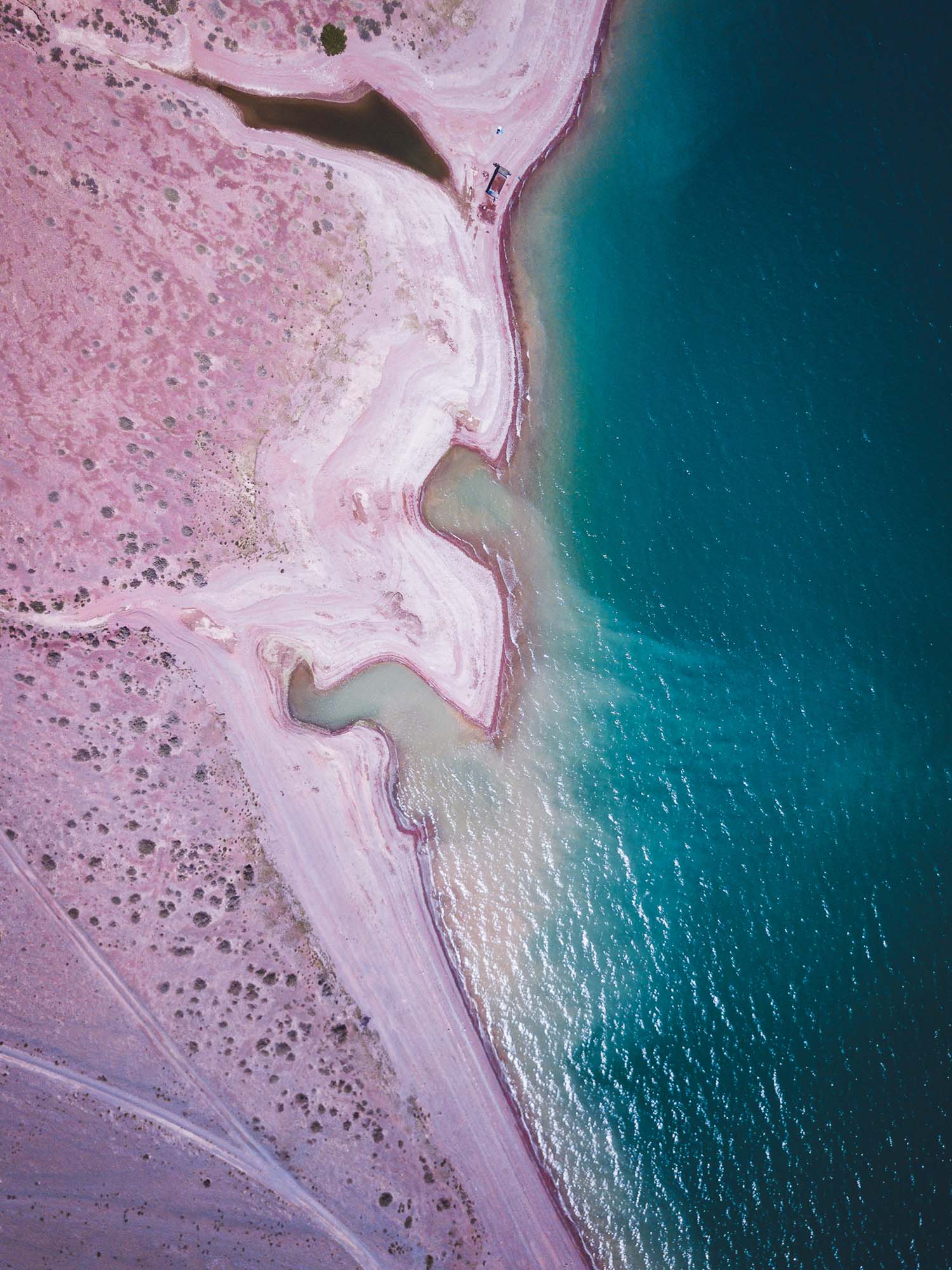
Why photography? What does the medium mean to you?
After trying my hand at a variety of different hobbies and passions, photography found its way into my life and just felt right. With the abundance of camera phones, photography has become a part of everyday culture, even in lesser developed parts of the world. One of the greatest feelings that comes from being able to share an experience through my images is when a person asks me “wow, how did you even take this?” or “this is so cool, yet I have no idea what it is?”. It’s that ability of a good image to go beyond something that is merely seen and forgotten in the swipe of a finger and into the memories of all who see it. I believe that photographers really need to push their limits to separate themselves from the masses and continue to inspire beyond the latest trends.
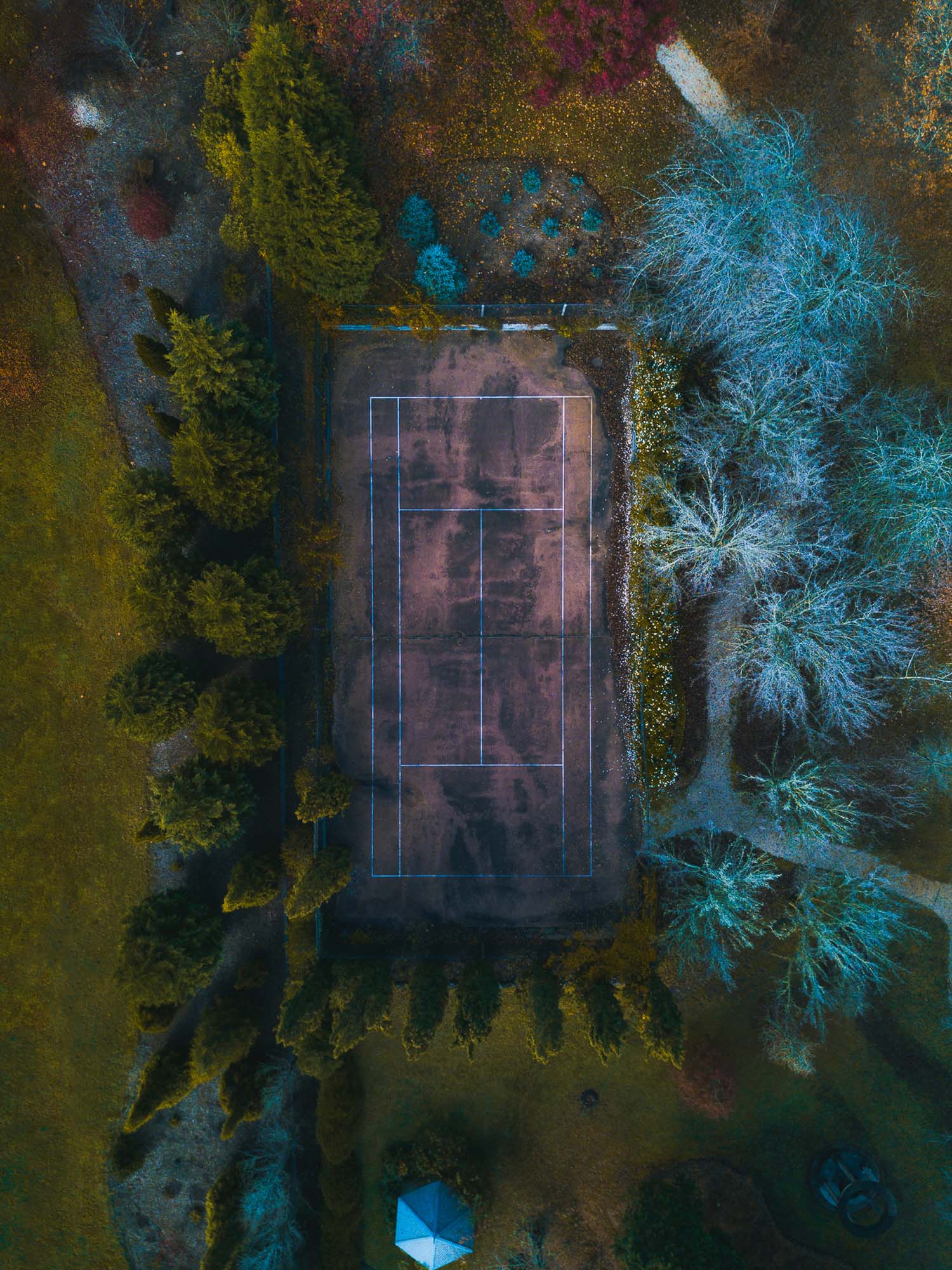
Talk to us about your aerial photography. It's a genre that's becoming more and more popular. What are you hoping to achieve with this part of your portfolio? Can you take us through a typical shoot and some of the logistics involved
Aerial photography has been a genre that has fascinated me for years. Unfortunately, the price, low quality of images and size of the earlier drones meant there was no room for it as part of my kit. With high tech equipment and the compact size of today’s drones, I can take it to some pretty crazy locations at home and abroad. It really opens up a world of unique opportunities. I shoot with a DJI Mavic Pro, whilst the size of the sensor isn’t ideal, the compact size means I use it on almost every adventure I embark upon.
It’s no secret that drone photography is the ‘in’ thing on social media. With the trends of rock pools and ocean shots flooding the internet, I have tried to look beyond that and find a unique and interesting subject that could set me apart. As I mentioned before, abstract images have been a topic of interest and is an area I hope to develop further on a global scale.
I’ve always hoped to use aerial photography as an extension to my regular photography, however, it is not always easy to find a balance between the two. Anyone who owns a drone knows how much fun they are to fly!
A typical shoot will usually consist of some careful research utilising Google Earth to scout out potential aerial compositions and subjects. I also use it as a tool to locate areas in which I can stand and launch the drone from, if the area is sketchy, I will launch and land by hand e.g. from a moving boat. I often send other photographers a message to see if they encountered any issues whilst flying at that particular location as the first-hand experience is better than weather charts. I had a friend fly near the base of a waterfall and the vortex caused by the rushing water resulted in some scary stability issues.
I regularly use apps such as Photo Pills to check the sunrise/sunset details along with the weather forecasts as funnily enough, drones don’t like the rain or the wind. Once I arrive at the location I will spend some time walking or driving around the area, mapping out potential hazards e.g. power lines, major roads, large trees and even birds. Most often I will get to a location at least an hour before the best light so I have plenty of time to set up the drone and leave it ready to fly. I’d then go off and shoot some images with the regular camera or set it up on the tripod so it is already composed for the shot. That way I can move between flying and shooting quickly if needed. Time permitting, I like to just sit and wait, watching everything as it happens, you never know what you may have missed when running around.
It is important to have a good understanding of what you can push out of the camera’s sensor and what strength winds it can withstand, that way it is easier to pick and choose the optimal conditions to fly in. You may only get a narrow window of time to zip up in sports mode, take the shot and get down before a storm hits. I use a mixture of portrait and landscape modes to take my shots and usually take about 4-5 separate images with different compositions of the one subject. It is difficult when using a small phone screen to see the image at its full potential so it’s always best to take more, delete later.
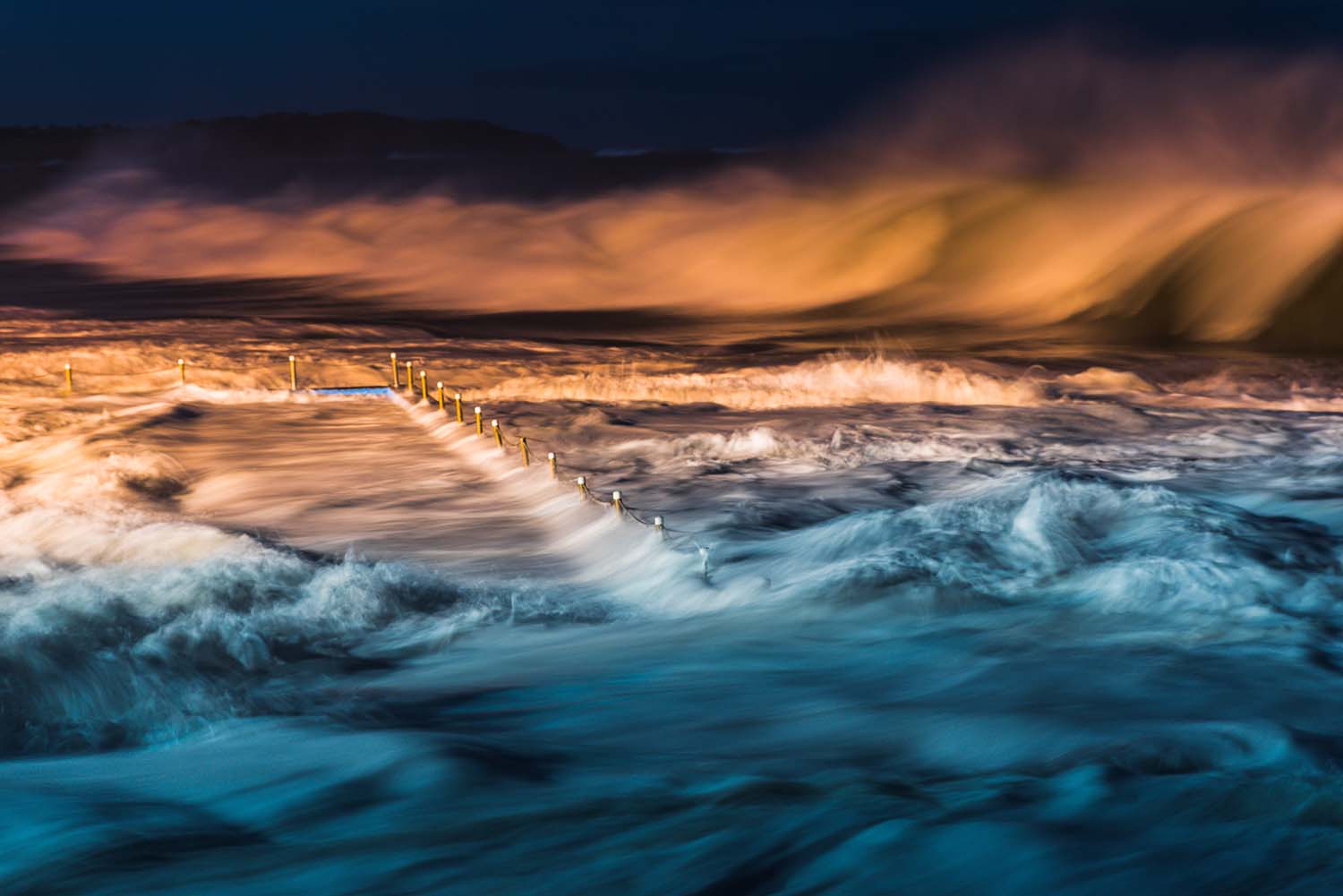
You've been lucky enough to travel far and wide. What are some of your top tips for travel photography enthusiasts?
I can’t really offer any advice other than what people have probably heard before. 8 months ago, I made the move to mirrorless from full frame and can safely say it has been a revelation for my travel photography. Don’t get me wrong, my full frame gear will always have its place in my kit, but I can now carry 2 camera bodies, pro lenses from the focal range 14-840mm equivalent, drone + 4 batteries, tripod, laptop and filters in a bag no bigger than a regular backpack. This simply would not have been possible with a larger kit.
My advice would be for people to not get caught up in the latest and greatest DSLR kits, thinking that they will produce amazing results. As a beginner or enthusiast travel photographer, I can guarantee you will be in pain walking around a cobblestone city, or hiking a large mountain for 8+ hours with a giant camera slung around your neck. The enjoyment will be gone, you will be tired and likely ditch the camera the next day. Remember, you miss 100% of the shots you don’t take. Not to mention a larger camera draws unnecessary attention to yourself.
It’s important to also respect the local culture that you are attempting to photograph. Do your research into local customs, religions and laws. Remember you are photographing people, their families and homes. I would have loved to fly my drone along the Wakhan corridor, the border region of Tajikistan and Afghanistan as it was truly stunning landscape. However, our local driver strongly requested I didn’t, even though the laws would permit it. Some of my most memorable and unique photos have been taken after sitting and talking with people for half an hour, playing a game of soccer with them first or even letting them use the camera and take photos themselves.
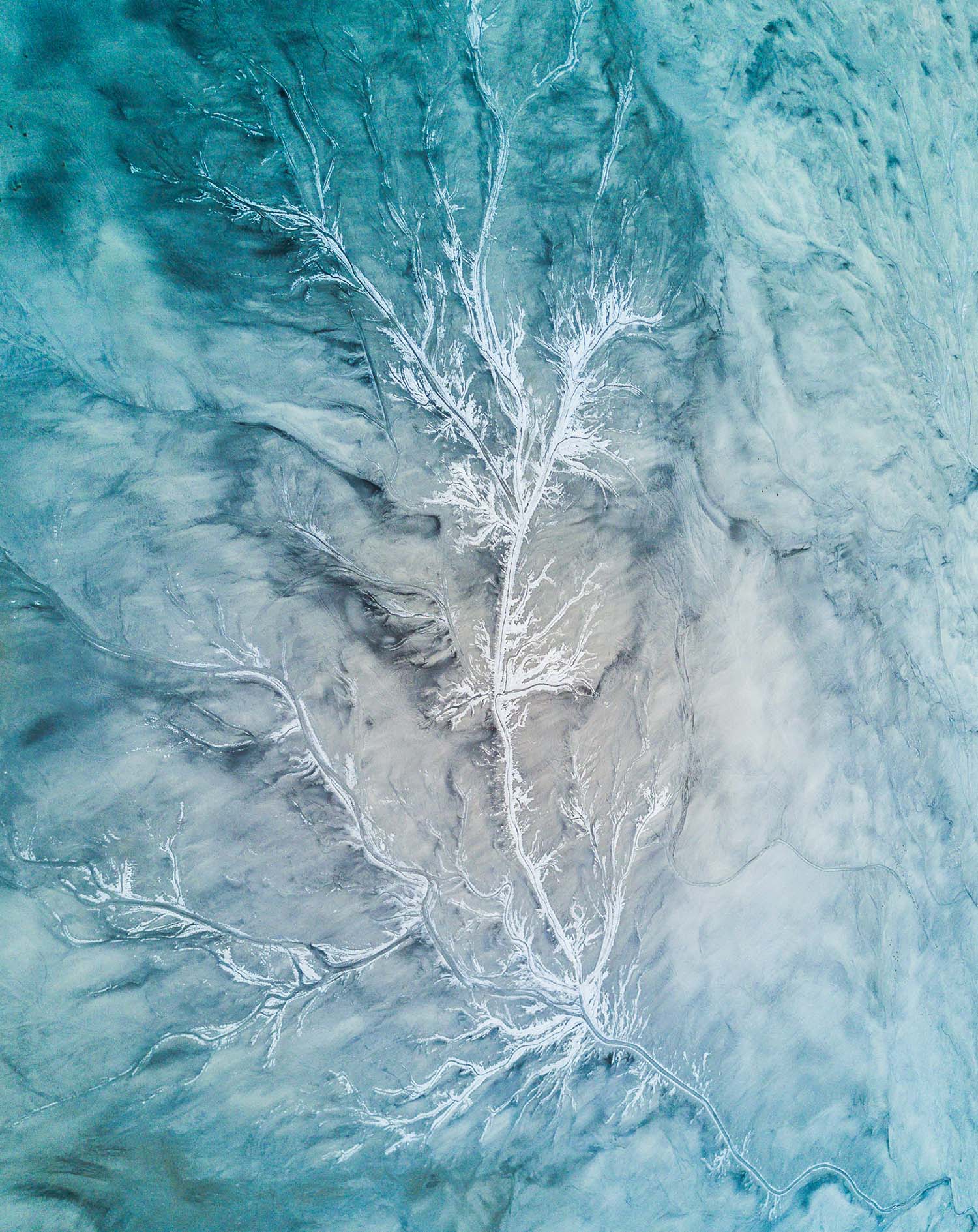
Do you have a photographic philosophy?
Whilst my philosophy has changed over time, one thing has always stood true. A photo should capture a moment you would want to feel or experience in real life when not behind the lens. It’s important to stop and take in your surroundings, you will often find that a unique angle or opportunity will present itself. Too often people fire off a burst of shots then, simply walk off ready to shoot another. I see people spending countless hours on their phones, updating the world on their supposed life experience, yet are not truly living it themselves. How special can a shot really be if your only experience of it was from behind the lens?.
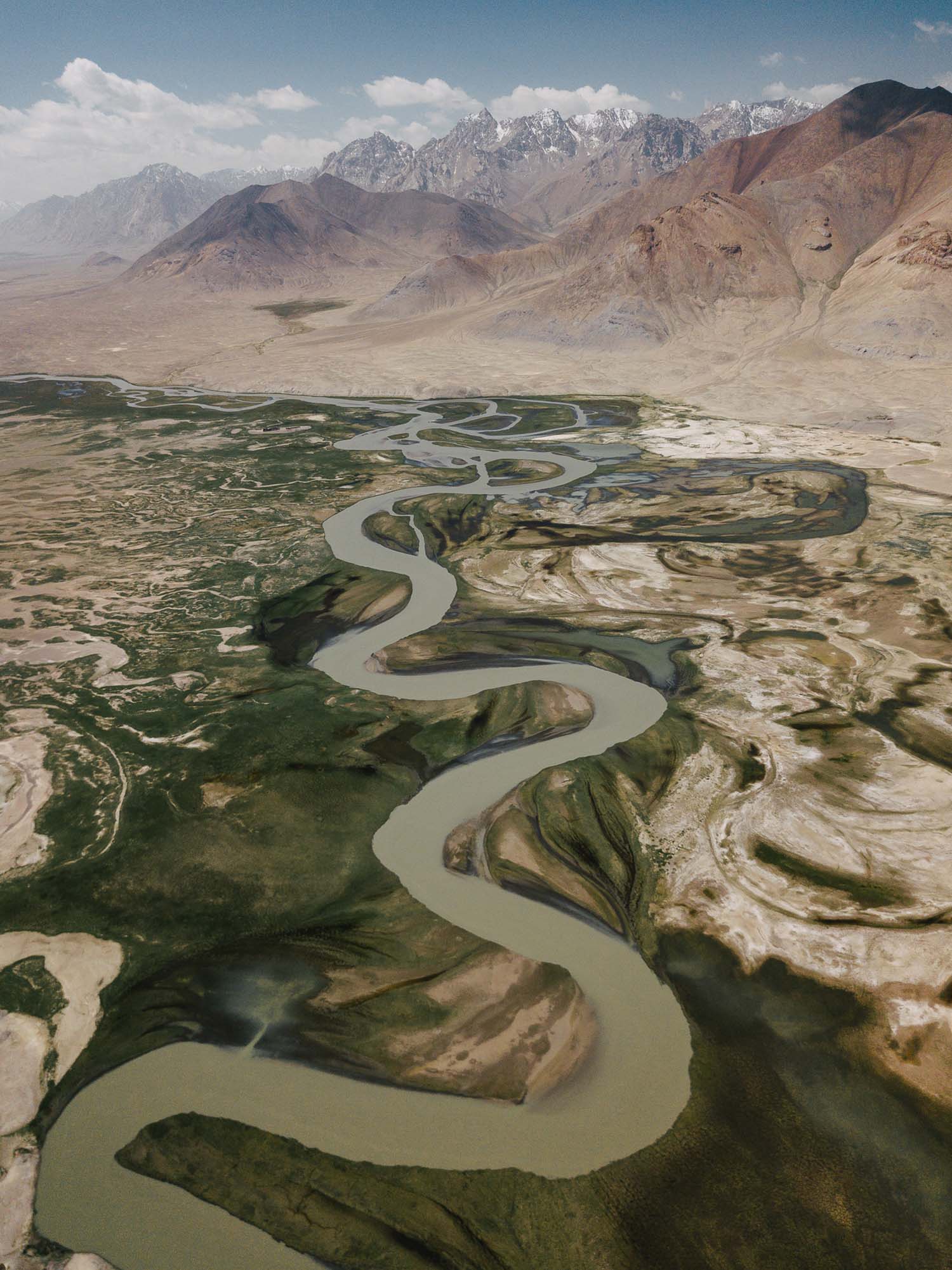
Where do you find your inspiration?
Being relatively new to the photography scene, I drew my initial inspiration from National Geographic magazines and from what was posted on Facebook. It wasn’t until around 2 years ago that my inspiration broadened through my immersion into the world of Instagram. The magical platform where my content was now instantly uploaded into a world of public criticism and praise. Through this platform I have been fortunate enough, like many others, to have met and developed strong creative friendships across a multitude of different genres. To be able to jump in the car with a group of amazing creatives and head off on a weekend sunrise to sunset adventure is a privilege, but to watch the unique work flow from these creatives is a gift that definitely influences my own creative process. If you scroll back through my Instagram feed it’s quite obvious that my inspirations have played a part in what I have photographed and feel that this will only continue to change over time.
In terms of travel photography, people often forget that the greatest inspiration is the world around them. There are so many beautiful places rich with culture, which, unfortunately, is being destroyed at a rapid pace. This only drives me more to get out and experience as much as possible and share it before it’s gone.
See more of Matt's work:
etchdphotography.com
thestancollective.com
@etchd

